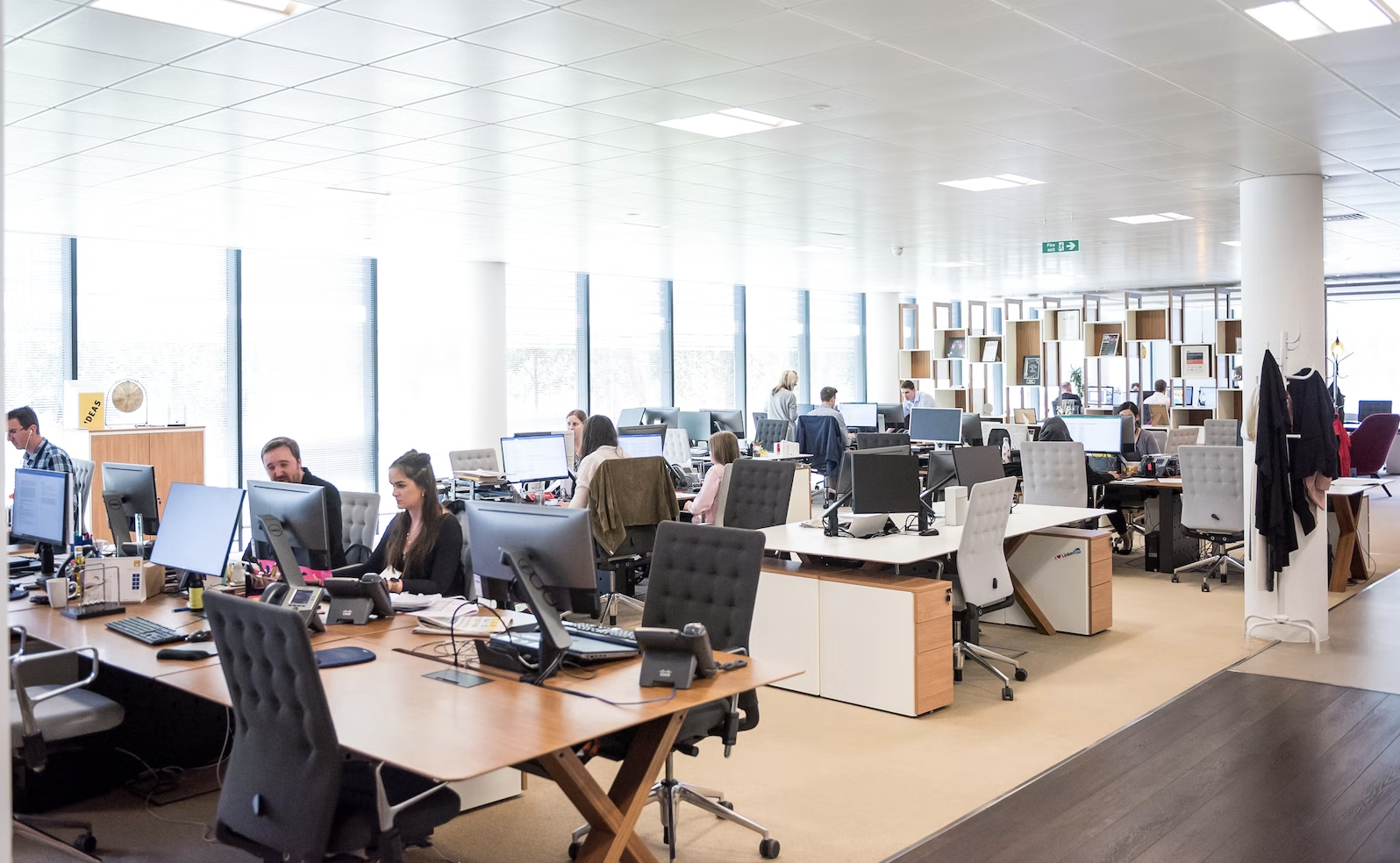Generational diversity is an issue that affects all workplaces, but it has never been experienced to this extent before. Currently, there are five generations in the workforce, making a ‘one-size-fits-all’ approach unsustainable for HR and business professionals. Creating leadership strategies that address diverse employee groups can feel insurmountable, further compounded by the need to manage the varying needs of today’s remote and hybrid workers, but an imperative for companies that must attract and retain employees in a tight labour market.
When it comes to generational differences, it is important to remember that what an individual employee values is personal, some trends help us understand how employees differ across age groups and how employers might engage them effectively. What might be a winning motivator for a Gen Z employee might be considered unwanted or intrusive to someone from the Baby Boomer generation.
Here we dive into the similarities and differences between each generation in our workforces and what employers may need to consider in creating approaches that appeal to each one.
Different but the same
Understanding generational differences also means appreciating the similarities- what values does each share? For example, every generation has a unique view of what work-life balance means to them, but the benefits they value may vary widely. For younger workers, this balance might mean ensuring they have more personal time for outside interests or more opportunity to earn more or advance their careers. Older colleagues may place greater value on work-life balance through greater scheduling flexibility for care duties or reduced working hours. Achieving the balance that is important to the individual can mean the difference between attracting or retaining critical staff. Organisations that make it easier for workers to have more control and balance in their personal and professional lives can build a healthier workforce and a more loyal and productive one.
Similarly, new generations of workers want to feel heard. Even the most ambitious employee can disengage if their organisation has poor communication or a punitive management style. Also, most employees want to succeed, fit in, and feel appreciated. By opening the lines of communication, businesses allow for two-way conversation, enabling managers to provide feedback to their staff, and for staff to express any concerns or improvements directly to their managers. Communication is not a one-way street, and ensuring this can make all the difference between having an apathetic workforce or a satisfied, well-coordinated team working to its fullest potential.
The five generations in today’s workforce
There are several reasons why today’s employees span such a wide age range. Not only are people healthier for longer, but economic turbulence and a rise in the cost of living, have led many retirement-age people to return to the workforce. Let’s break down the general trends within the five generations in our workforce.
Silent Generation (born 1928–1945)
- Oldest workers currently in the labour pool
- Favour traditional motivators, which include affording bills, investing, and saving for family
- Most likely to make occupation part of their identity
Baby Boomers (born 1946–1964)
- Currently occupy the bulk of manager and executive positions
- Once the rebellious “hippie” generation now seems to have mostly accepted standard social roles
- Ambitious and hard-working
Generation X (born 1965–1984)
- First digital natives to grow up with broad use of computer technology
- Independent, hard-working, and creative
- More likely to maintain a slight distrust of authority
Millennials (born 1985–2000)
- Seen as less loyal and more likely to jump companies for new opportunities
- Prone to “quiet quitting,” opting to put in the minimum to avoid being terminated
- More likely to postpone “settling down,” such as home ownership, marriage, and family (for both social and financial reasons)
Gen Z/Zoomers (born 2000s)
- The first generation born into a post-internet world
- Still very young and forming their reputation in the workplace, the oldest Zoomers are only now college graduation age
- Far more likely to research companies before considering employment
A common thread that weaves great experiences
One of the threads tying nearly all these generations together is technology. By 2025, Millennials and Gen Z will make up two-thirds of all workers. These are individuals born and raised as digital natives with high expectations of their company’s technology choices. While not raised with tablets and smartphones, Gen X was raised with personal computers (and later, the internet) and is generally quite comfortable with new technologies. Even many of the Silent Generation have adopted smartphones and mobile apps and are inclined to use them daily.
In fact, 78% of prospective employees say an organisation’s technology choices would affect their decision to work with them.
Even in a digital world, many organisations still run their companies with manual processes or legacy HR and payroll platforms. These methods are more prone to error and security breaches and are outdated compared to the consumer-grade applications workers use daily for personal use like social media, banking, shopping, and entertainment. In a world where much of life is managed online, it makes little sense to continue operating our companies with manual systems and barriers to productivity.
Modern workforce management allows for the new capabilities needed to support your teams, wherever they are, and whoever they are, no matter their age or needs.
Two-way communication through secure digital tools ensures that teams are connected with one another, workers are heard, and their needs are communicated. Digitised employee data and schedules can be used to create better, more flexible shift scheduling, providing improved work/life balance – regardless of whether employees need more or less time at work. Digital access to time-off requests, clocking in and out, schedule management, task management, and training materials keep workers engaged no matter what roles they are performing. As such, digital solutions enable employers to keep workers in contact, engaged, and motivated – to support their personal values no matter their age.









